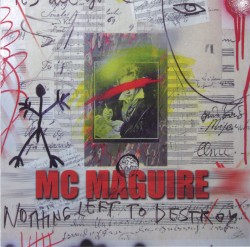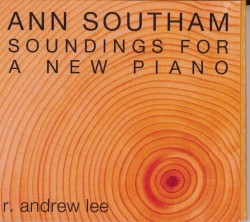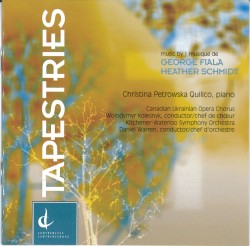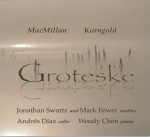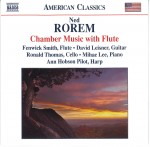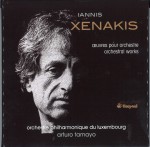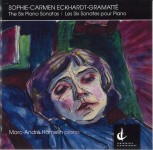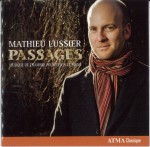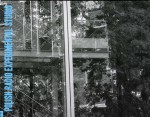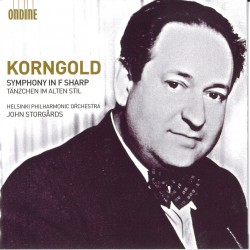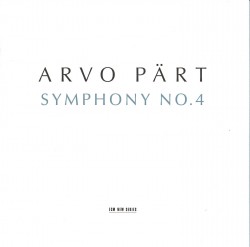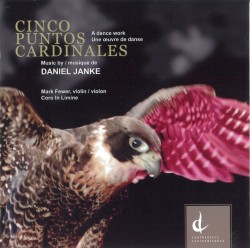Undercurrents - Contact performs the music of Jordan Nobles - Contact Contemporary Music
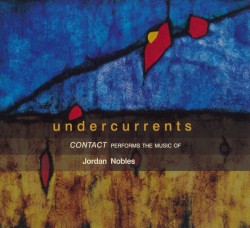 Undercurrents - Contact performs the music of Jordan Nobles
Undercurrents - Contact performs the music of Jordan Nobles
Contact Contemporary Music
Redshift Records TK 242 www.redshiftmusic.org
On Toronto-based ensemble Contact’s excellent debut recording of music by Canadian composer Jordan Nobles, instrumental tones are pure, performer interactions retain focus and the recording team headed by Denis Tougas is superb. The meditative cast of Nobles’ music suggests retreat, even relaxation. But below the minimalist surface sheen, a certain unease of mood draws the listener’s attention and anticipation. Rhythms, melodic shapes and tone colours concentrate and shift our responses in surprising ways.
Both composer and Contact players, directed by Jerry Pergolesi, contribute to the musical content. They take up confidently the challenge of pieces that offer considerable freedom in the order and the qualities of musical events. Simulacrum, in which a melody circulates between instruments, and Stasis, an open-form work where long tones enter and exit without a fixed plan, are particularly successful examples. There is also an element of randomness in Grace, where musicians exercise choice in the presentation of grace-note (ornamental) patterns.
There are other musical processes, sometimes identified in titles: interacting metric patterns in Ostinati; tempo shift in Temporal Waves, featuring Rob MacDonald on multi-tracked guitar; and in Undercurrents, crablike motion up through ascending triads. The latter procedure occurs also in Stones Under Water for piano, played by Allison Wiebe. I look forward to much more from Nobles and from Contact members including also Sarah Fraser Raff, violin, Mary Katherine Finch, cello, Wallace Halladay, saxophones, and Peter Pavlovsky, double bass, joined here by Emma Elkinson, flute.


